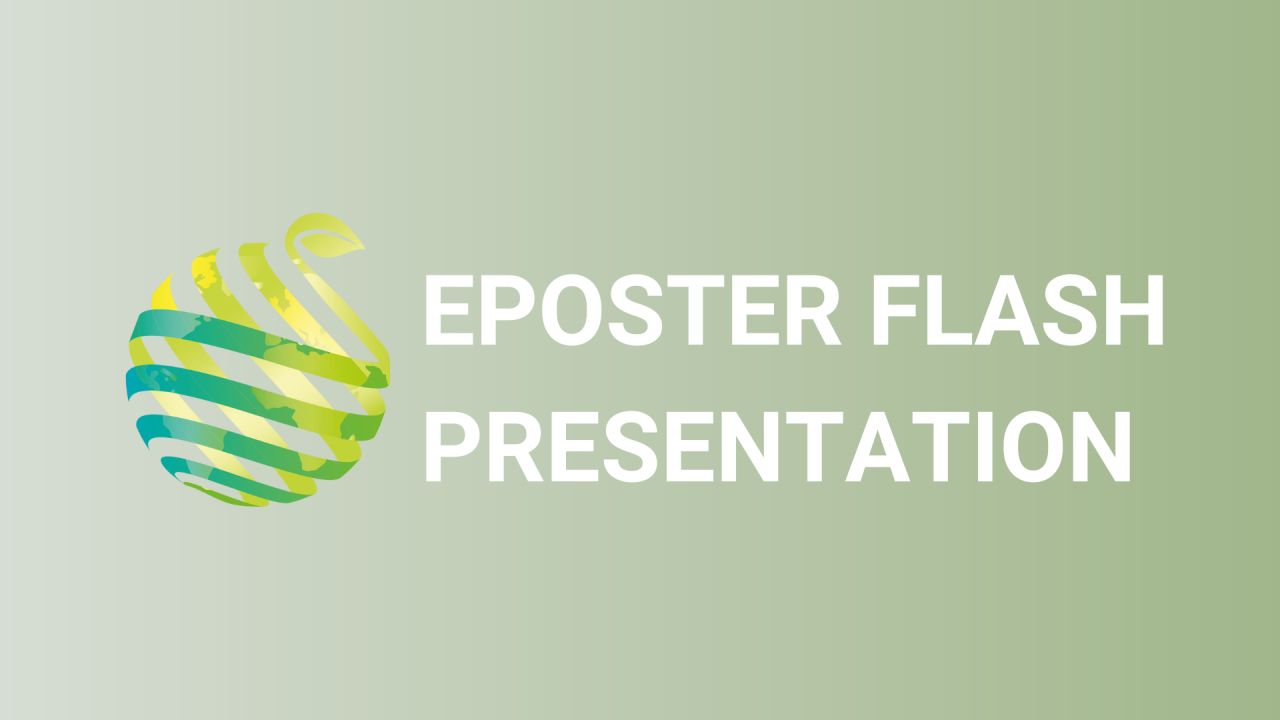

S18 - Session P4 - Geomatics in support of decisions on variable rate applications- a case study in major banana growing region of india
Information
Authors: Harishchandra Prasad Singh *, Jai Singh PARIHAR
Input cost in agriculture is continuing to rise, while critical resource, like water is becoming scarce. Jalgaon district of Maharashtra is a major banana producing district of India, which receives an average of 840mm annual rainfall in about 45 rainy days and more than 85 percent of it falls during June to September months of Indian Summer monsoon. Mean temperature in summer months is 42.5 o with highest going up to 47.8 o . Growing a long duration crop like banana, under such a low rainfall, is a challenge. However, adapting a drip irrigation system and modern methods of cultivation, large section of farmers are reaping a good harvest. Area has recorded high yields of banana, however to sustain the high yields , efficient water management is inevitable. Scientific scheduling of irrigation including equitable distribution of irrigation is a key requirement for ensuring uniformly good yield from each plant. Geomatics tools like high spatial resolution multi-spectral satellites with weekly repeat coverage could support keeping a watch on performance of crop. Multi-spectral satellite images of Sentinel-2 with 5-day repeat coverage have been explored for deriving in-field variability as a surrogate to crop performance. Temporal satellite images have been converted to decadal vegetation indices to monitor the crop throughout the growing period. Field of banana and others crops such as wheat have been covered. The results indicate that in well managed banana plantations within field variability was about 5 percent. However, in many cases within field variability was around 10 percent and occasionally it went to as high as 25 percent. In case of wheat crop, even under good management within field variability ranged 8-12 percent and some cases exceeded 25 percent. Temporal vegetation indices coupled with limited in-situ data on soil moisture have potential to support decision use of variable rate application, particularly water.